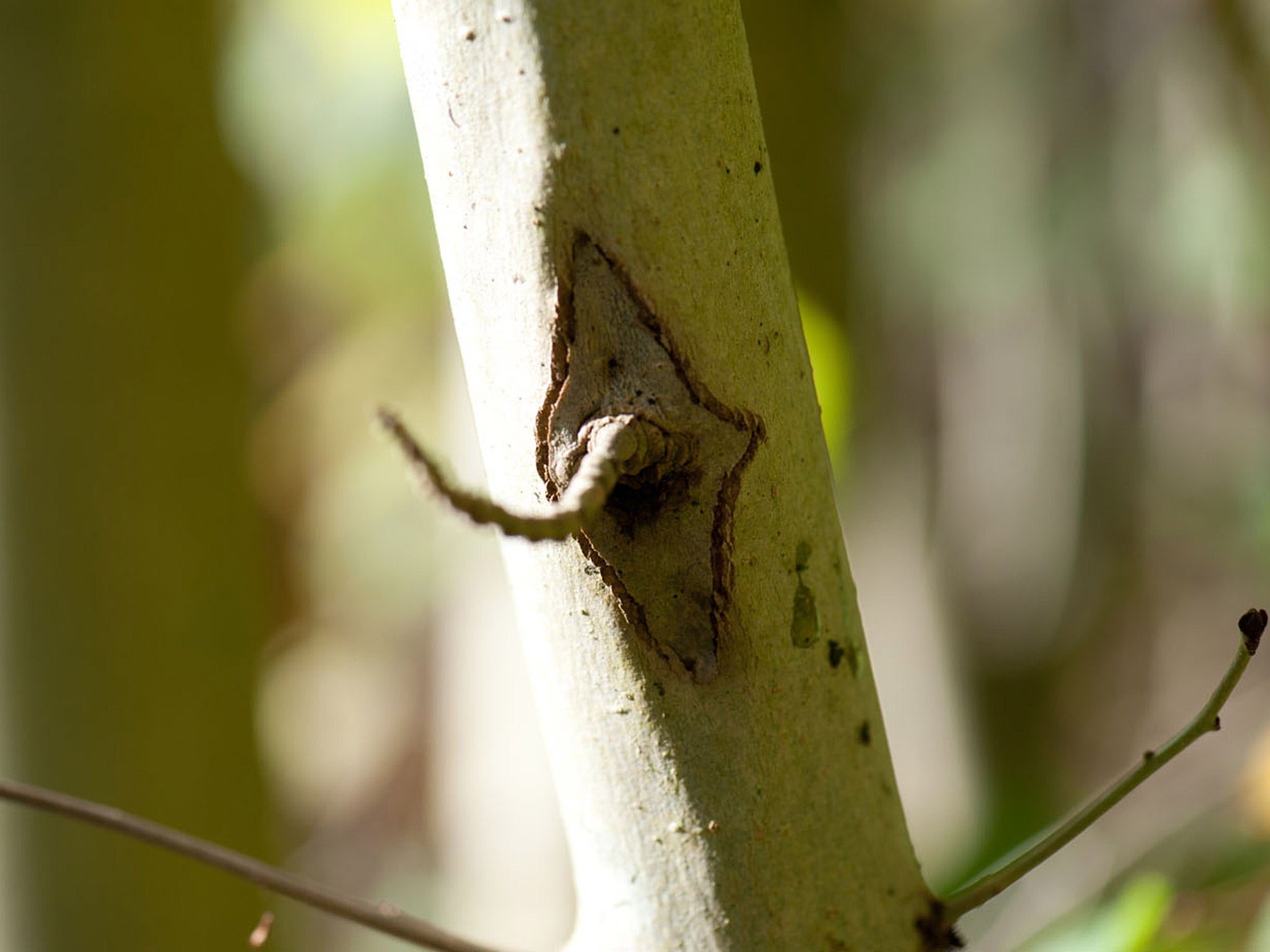Genetic secrets of resistant tree gives new hope over ash dieback disease

The battle against the deadly ash dieback disease has received an important boost after scientists unscrambled the genetic blueprint of a tree with an extremely rare resistance to the killer fungus.
The scientists are extremely hopeful that, having determined the tree’s complete set of genetic material – through a process known as genome sequencing – they have paved the way to identify those genes which might be connected to its ability to withstand the fungus.
They have put their findings on a crowd sourcing website, OpenAshDieBack (http://oadb.tsl.ac.uk/), to enable experts to help isolate the genes, with a view to breeding a strain of ash by crossing it with a native UK strain to replace the millions of trees expected to be wiped out by the disease in the coming years.
“Speed is important to the research so that all those studying the epidemic can start to look for clues to tackle it,” said Dr Mario Caccamo of the Genome Analysis Centre in Norwich, which is working on the project with local researchers at the John Innes Centre and the Sainsbury Laboratory.
Although the breakthroughs have raised hopes that a new breed of ash will be able to grow and survive in the face of the fungus, they will do nothing to protect Britain’s 80m existing ash trees, which are all under threat.
Ash trees cannot be vaccinated against the fungus – known as chalara fraxinea – and there is no cure. In November, the chief scientist of the Department for Agriculature, Food and Rural Affairs Professor Ian Boyd admitted “there’s not much that can be done” to stop the disease spreading, although he stopped short of agreeing with some experts that the UK’s existing ash populated would be eradicated.
Furthermore, just planting this variety of Ash in the UK would result in a narrow genetic base making the species vulnerable to future diseases, experts said, adding that the latest breakthroughs still represented a giant step forward for the long-term prospects of the tree in this country.
The resistant tree is known as “tree 35”, a strain of ash from Denmark originally bred nearly 100 years ago for their long straight trunks and good wood quality in the hope of producing better timber for furniture.
Adult clones of tree 35 grown from cuttings taken from the original trees in the 1930s were recently discovered on the Danish island of Sealand. The fungus has wiped out between 60 per cent and 90 per cent of Denmark’s ash trees, depending on the area and is now sweeping through the UK where it is expected to wreak havoc on the ash population.
Chalara has been confirmed in 500 UK sites in counties such as Norfolk, Suffolk, Sussex and Yorkshire. There are signs that it is becoming more deeply embedded after a scientist confirmed for the first time that the spores that cause the dieback infection are now being produced in the UK.
Previously, the spores were carried to the UK through imports of infected trees or by being blown over in the winds from Europe. However, Dr Anne Edwards from the John Innes Centre confirmed that she has found the UK’s first spore-producing mushrooms on June 2 in the Ashwellthorpe Wood in Norfolk.
Join our commenting forum
Join thought-provoking conversations, follow other Independent readers and see their replies
Comments